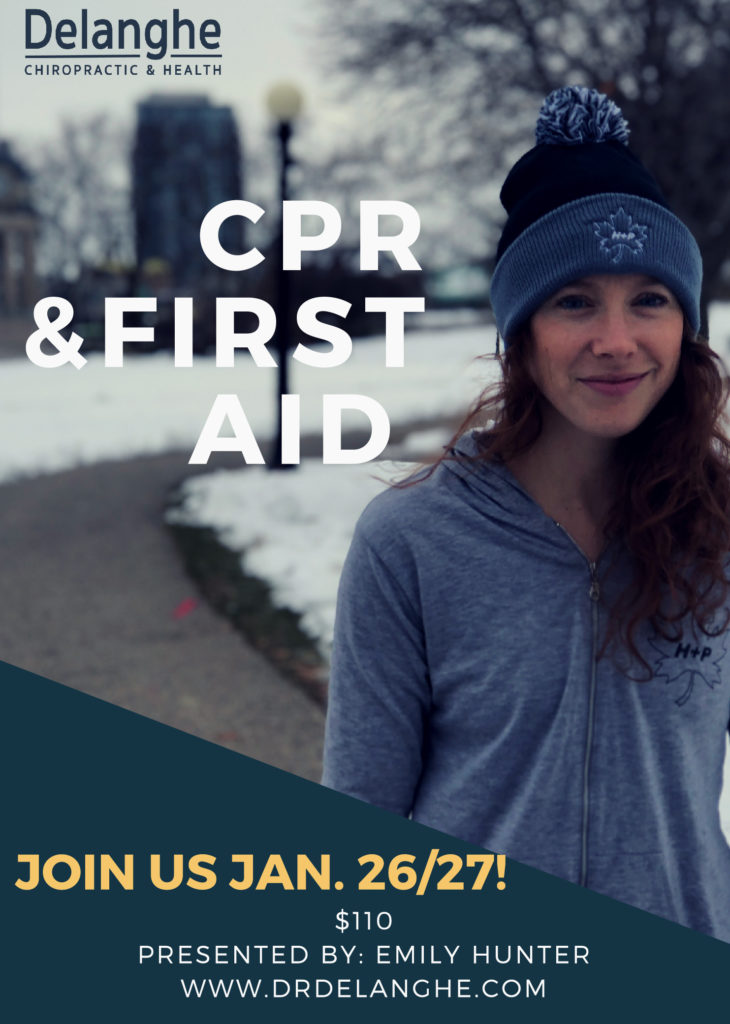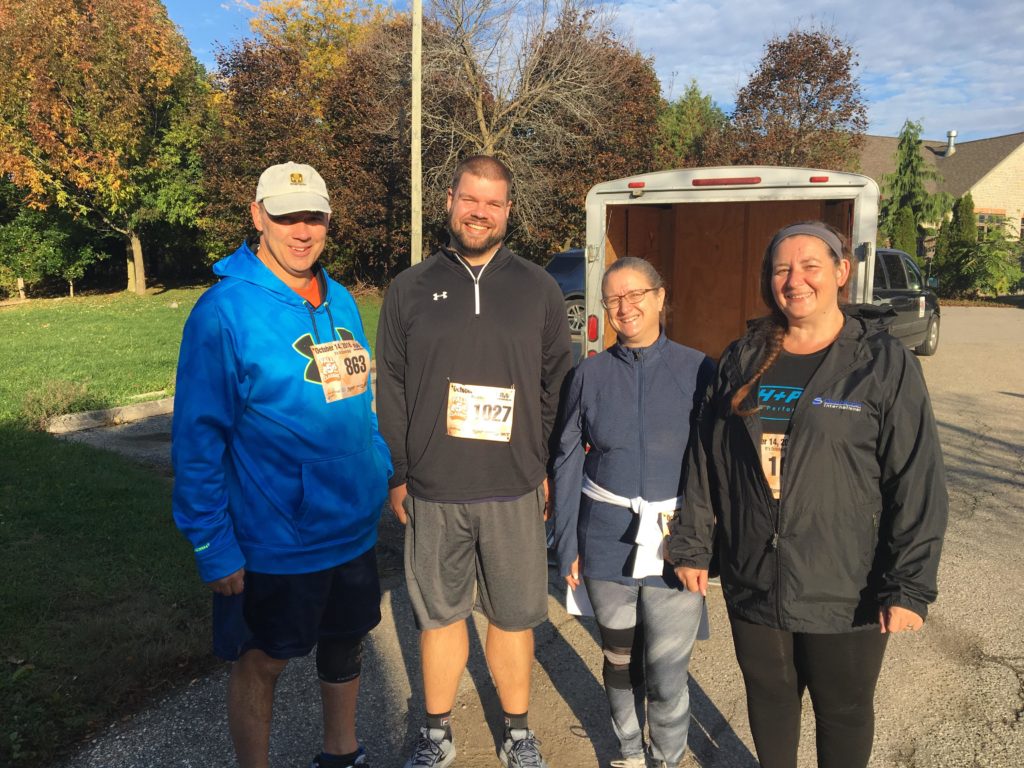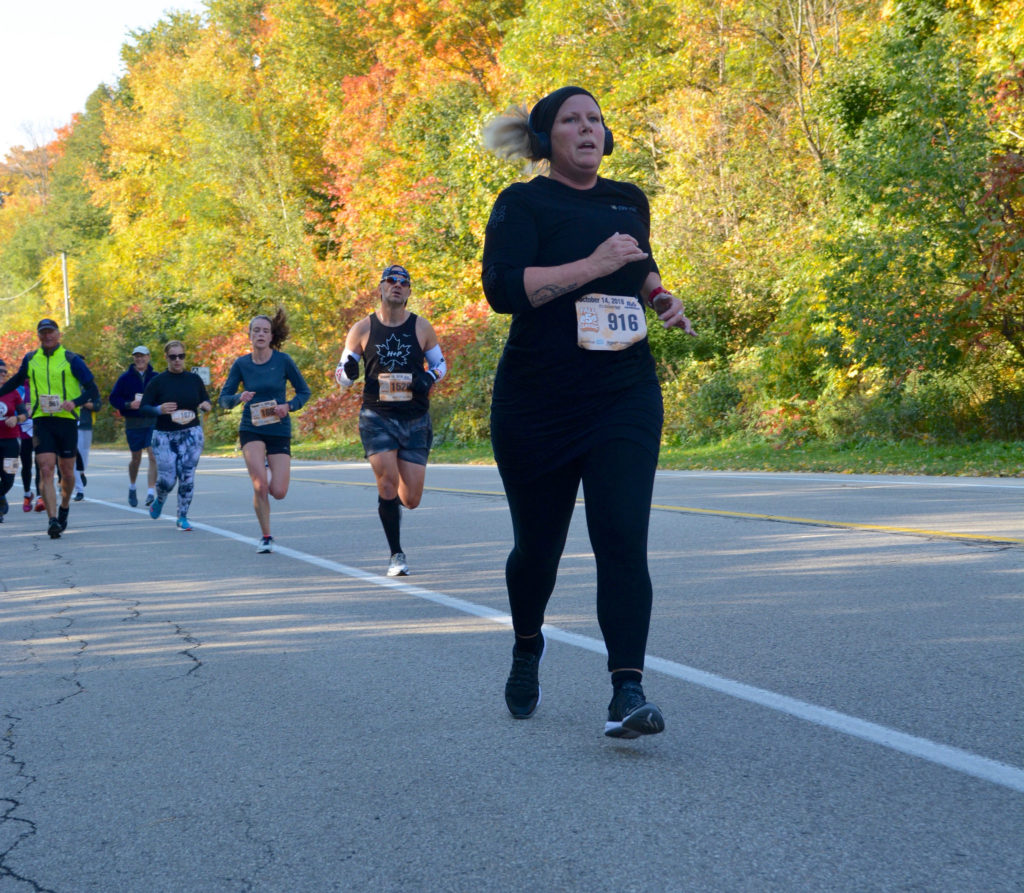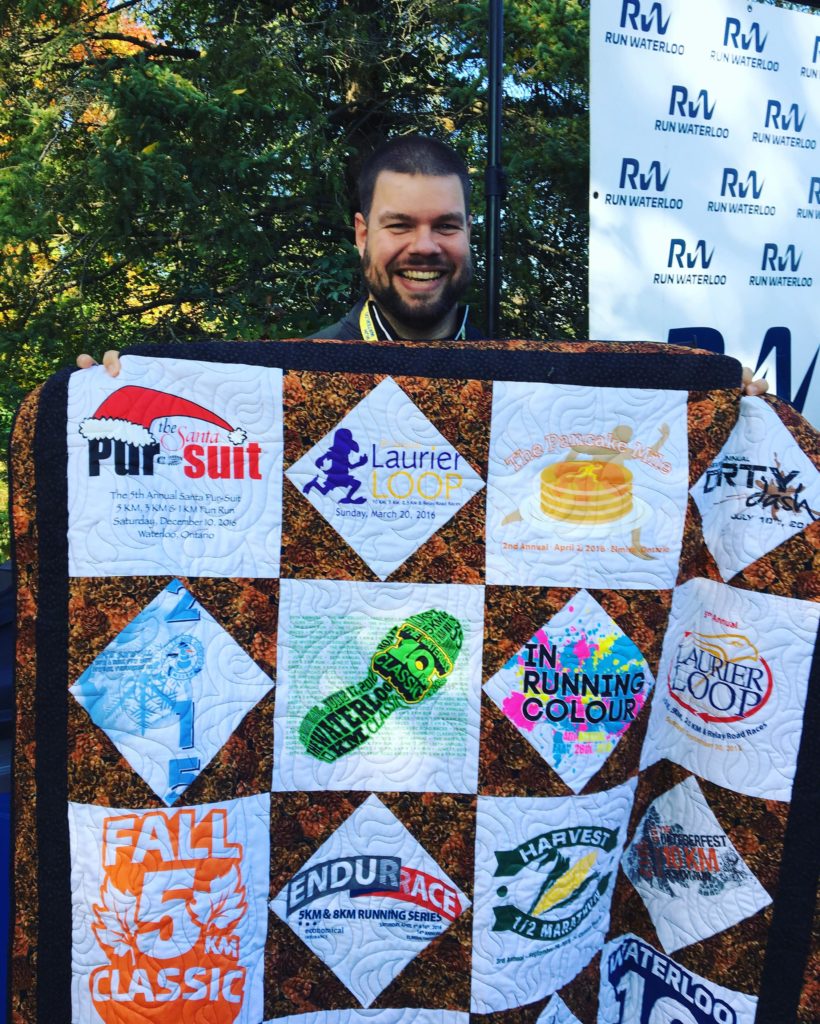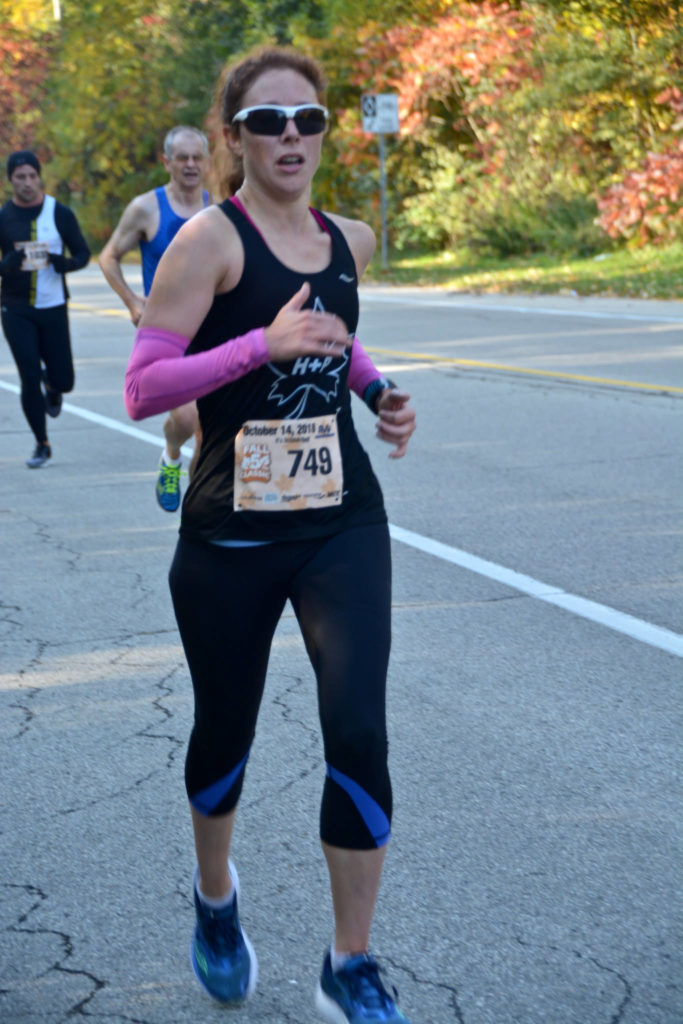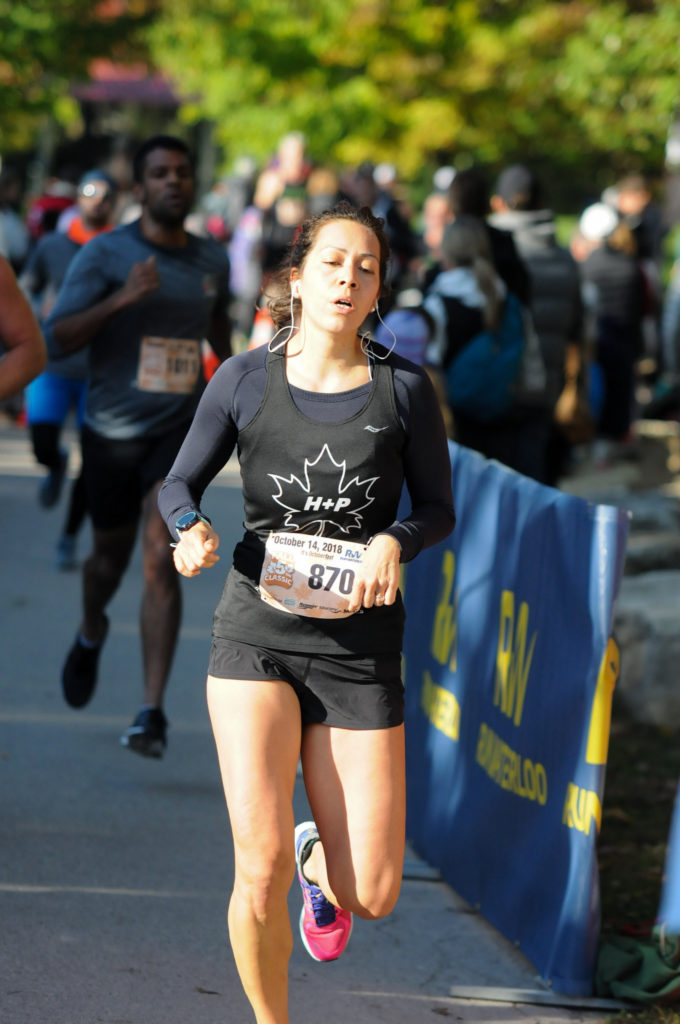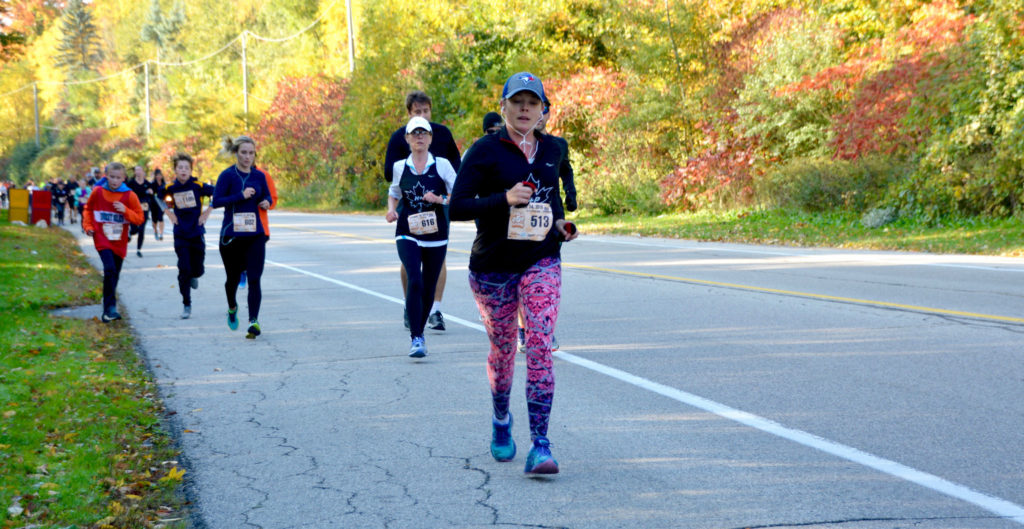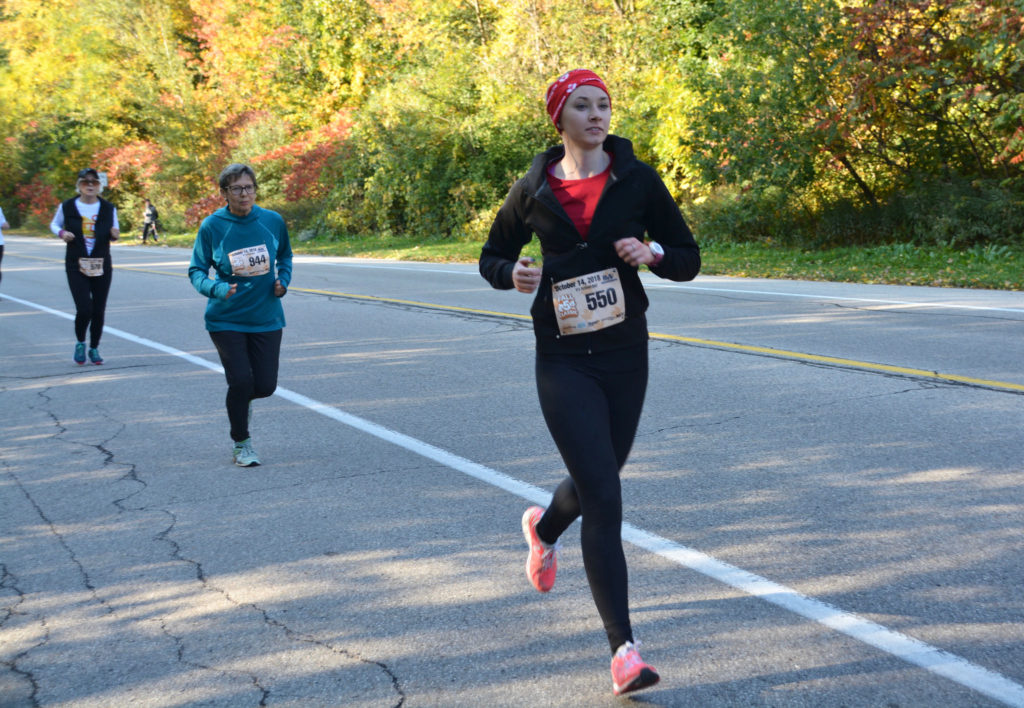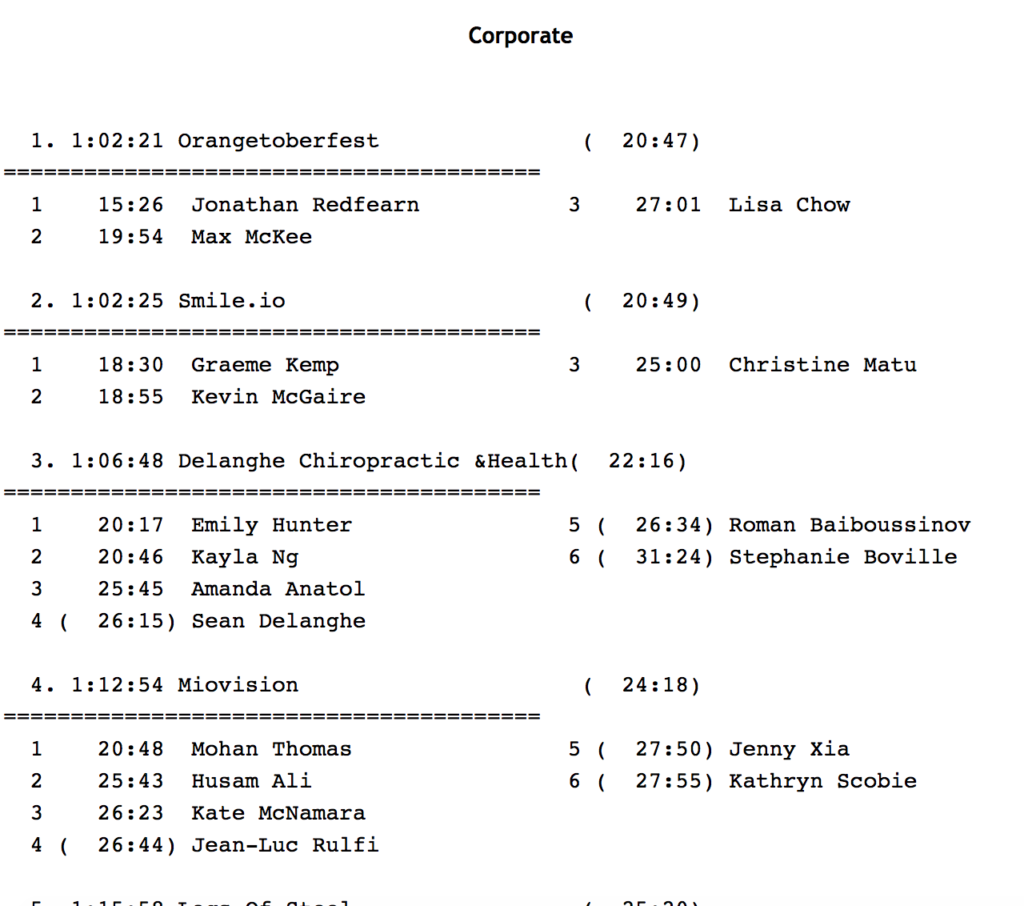If you haven’t seen it, here it is- Canada’s NEW food guide. So what exactly are the differences, and has it really changed that much? Our registered dietitian, Steph Boville, has some thoughts!
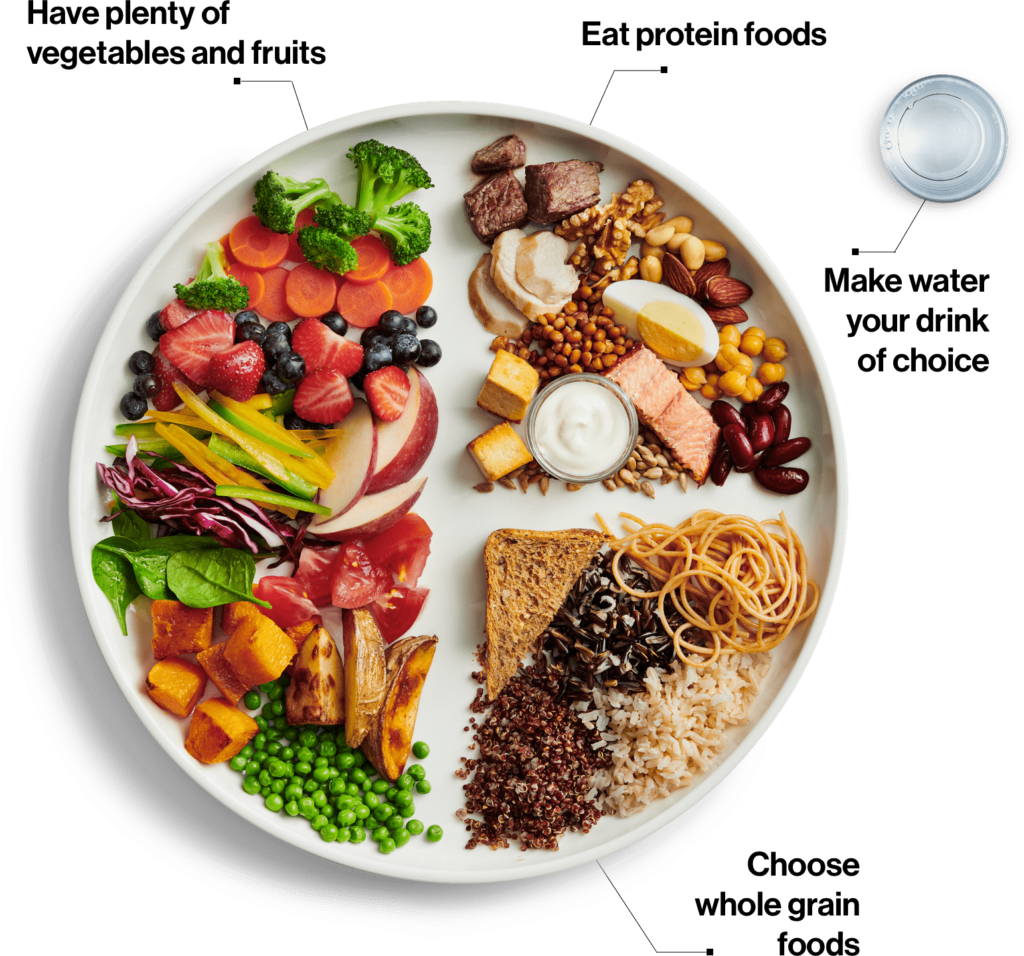
What I think of the new Canada’s Food Guide
To be perfectly honest, I rarely pulled out the old rainbow Food Guide when talking to my patients. If you don’t remember the old guide, it was a rainbow representing the 4 different food groups which were arranged in order of foods you needed the most servings from to the least. The main focus of the diet was on vegetables and fruit, followed by whole grains, milk and alternatives and finally the food group you needed the least servings of was meat and alternatives. From there they gave guidelines such as eat more vegetables than fruit, eat at least half your grains as whole grains, choose beans and lentils often etc. They then prescribed a number of servings for each food group based on age and gender.
The reason I didn’t use the guide was because it was meant to be an education tool to learn about different food groups and their purpose rather than provide practical steps to get someone to follow the prescribed servings. Plus, people generally know the focus of their diet should be on vegetables and fruit but this needed to be more visual, practical and user friendly. For these reasons I found easier and more effective ways to communicate the information in the guide in my own way, not to mention nutrition is not a one-size fits all and therefore did not use the guide in my practice.
The New Guide
The new Canada’s Food Guide encompasses many important aspects of eating and also provides consumers with more specific guidelines about foods to choose more or less often in a very visual way. There has been a lot of hype about the new food guide, both good and bad (like everything… everyone has their own opinion!). I honestly think that the information has not changed, rather how it has been communicated has. These changes in communication have been extremely positive. The new Food Guide is very similar to values that guide my counselling style and advice.
The visual of the plate, with half the plate covered in a variety of deep colourful vegetables and fruit, a quarter of your plate as your whole, unprocessed grains and starches and a quarter of your plate as your plant or animal protein sources. This communicates very easily and simply how you want your plate to look compared to the prescription like recommended servings of the past Food Guide. The new guide still promotes the same values as before: eat real foods, include lentils and plant proteins, lean proteins, whole grain carbohydrates and more vegetables, with less sodium, saturated fats, processed foods and sugar. All of these values line up with my own personal beliefs and what the evidence shows.
There are a few things I really like about the new guidelines. It is more interactive and web-based rather than a physical pamphlet which may be better for our tech-savvy population. Not only is the visual of the plate very easy to see, understand and apply, but it also acknowledges the social aspect of food and promotes building a healthy relationship with food. This is also a foundational value of Bodzii (personalized nutrition and lifestyle coaching), where we think it is important to have both good food quality and a good food mentality. For example, viewing food in a positive light such as thinking of what a food can do for you, not to you. There is a wide range of information for consumers on practical ways to be mindful of your eating habits, benefits of cooking more often, ways to enjoy your food, benefits of when you eat meals with others, how to use food labels, and how to be aware of food marketing along with much more.
What about the dairy? Everyone is freaking out that dairy is no longer a “food group”. One thing I think the Food Guide needed to do was separate themselves from organizations and give an unbiased, easy to use guide for consumers in which takes “food politics” or influences out of the equation. Dairy is still in the guide, just as the other food groups such as grains and meat and vegetables are. However, there is a shift from food groups to a “macronutrient” like approach. This means that the dairy products are now represented in the protein portion of the plate. This DOES NOT mean that milk is considered unhealthy. As always, milk (soy, pea and cow milk) still provides us with protein, vitamin D and calcium for strong bones, teeth and muscle function.
Overall, the new changes to the Canada’s Food Guide are more in line with I have been teaching and promoting all along. The guide may not satisfy everyone depending on what “nutrition camp” you belong to such as keto, paleo or even elite athletes. It is not meant to be a one size fits all model, rather what the best evidence shows a balanced diet looks like for a healthy normal human. The bottom line is to not over complicate your nutrition. Focus on getting your vegetables, whole grains and lean proteins to meet your needs. Also remember to find ways to enjoy your food and to be mindful of what and how you eat along with striving to enjoy home cooked meals when possible.
I hope this helps to clear up some confusion you may have been experiencing with regards to this new guide. If you have any additional questions, don’t be afraid to contact me at the clinic!
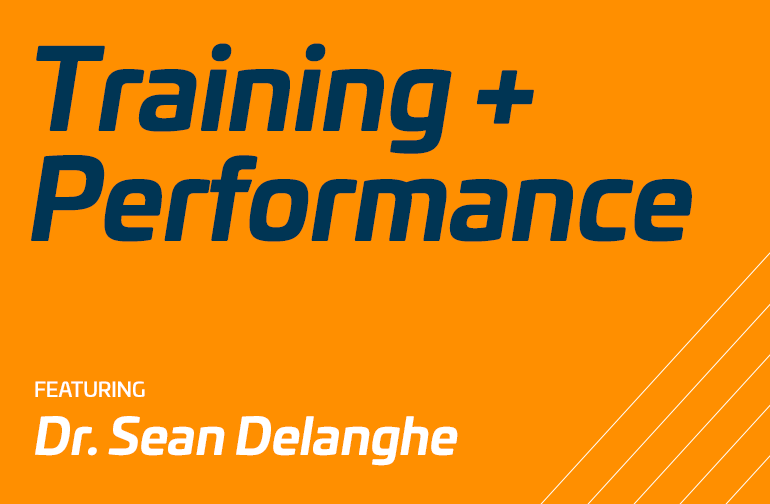



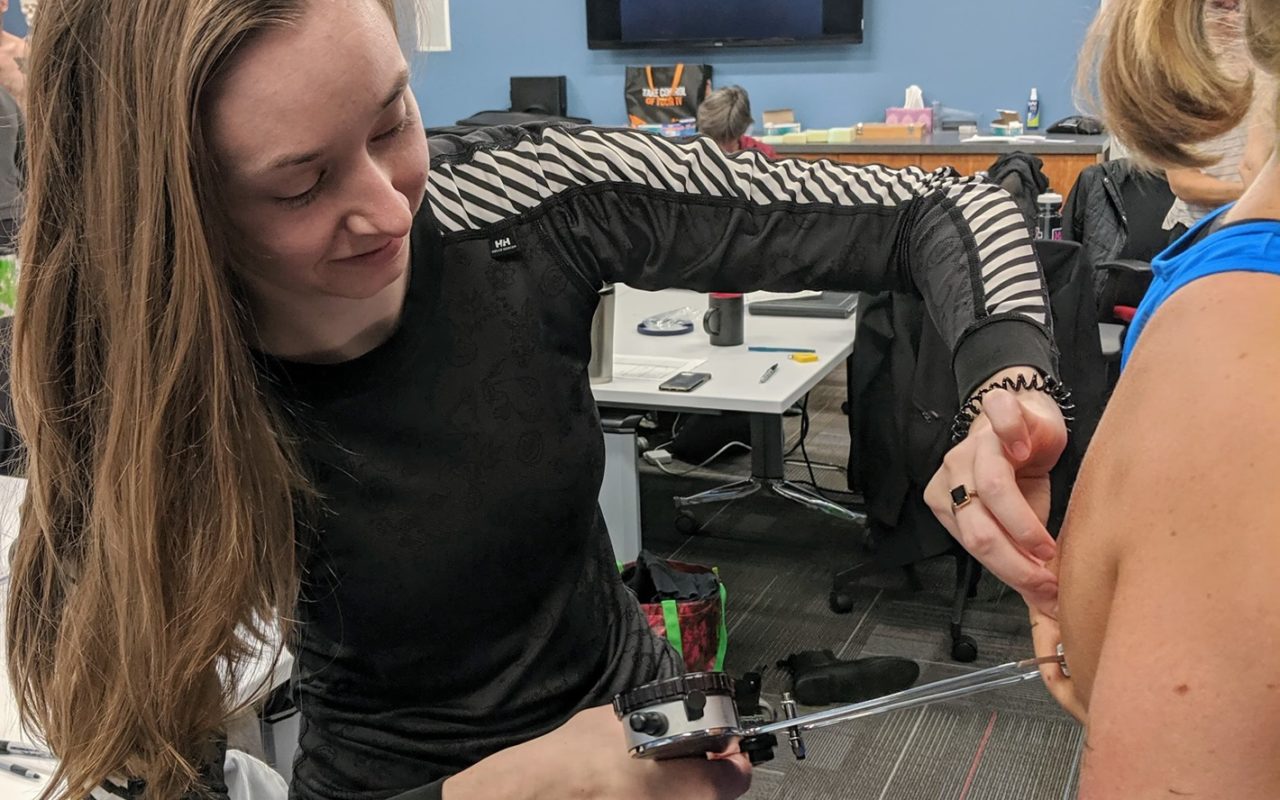



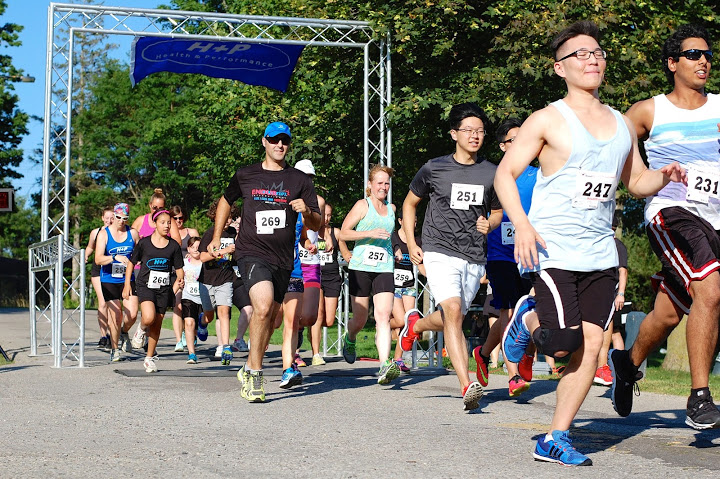
 Warmup Duration
Warmup Duration